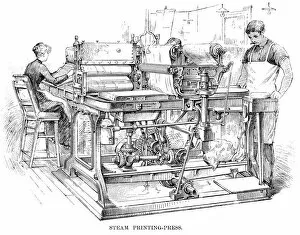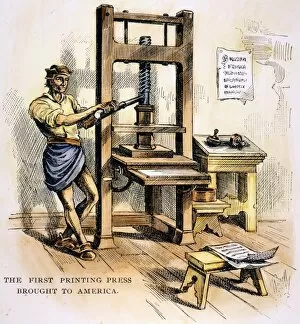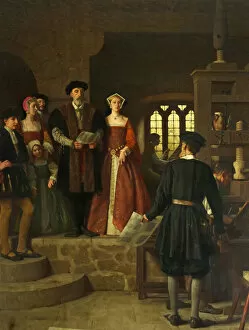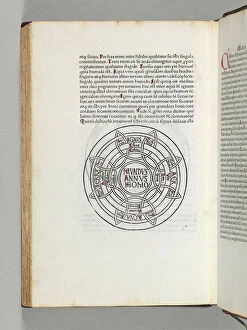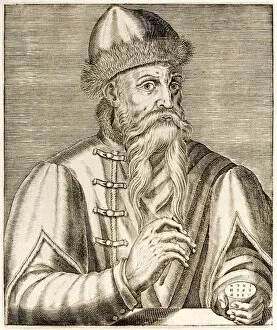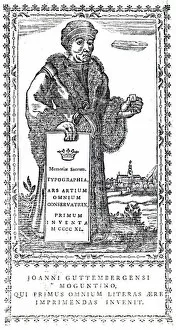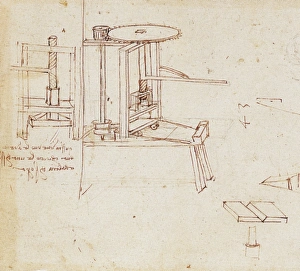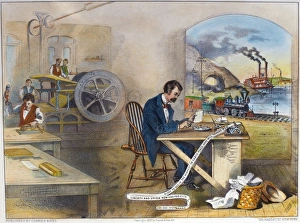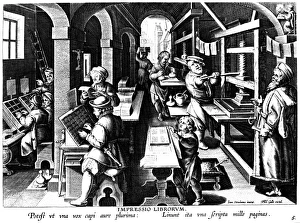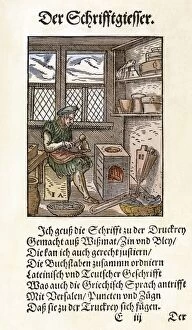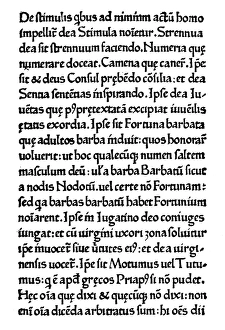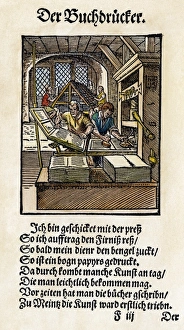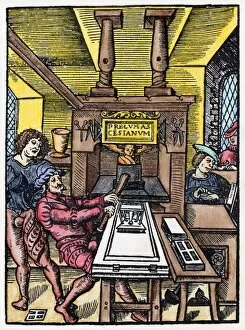Movable Type Collection
"Movable Type: Revolutionizing the World of Printing" In 1455, a groundbreaking invention known as movable type transformed the way information was disseminated
All Professionally Made to Order for Quick Shipping
"Movable Type: Revolutionizing the World of Printing" In 1455, a groundbreaking invention known as movable type transformed the way information was disseminated. The Letter of Indulgence, printed using this innovative technique, marked a significant milestone in history. Fast forward to 1890, and we witness the advent of steam printing-presses at the Bureau of Engraving and Printing in Washington, D. C. , revolutionizing banknote production. The impact continued with advancements like numbering machines that streamlined processes further. In 1861, women were employed as compositors at a London printing office, challenging gender norms and contributing to the industry's growth. Meanwhile, colonial America welcomed its first printing press in 1639 when English printer Stephen Daye set it up in Cambridge. Printed materials expanded beyond text alone; maps became more accessible through woodcuts like Zaccaria Lilio's Orbis Breviarium from Florence in 1493 or Mappa Mundi - the first printed map of the world found within Etymologiae. Nicolaus Copernicus' De Revolutionibus Orbium Coelestium also utilized movable type to challenge traditional astronomical beliefs. Johannes Gutenberg stands out as an iconic figure behind this transformative technology. His invention forever changed communication by enabling mass production of books and spreading knowledge far and wide. A frontispiece dedicated to him captures his significance in A Concise History of Origin. Yet even amidst triumphs, challenges persisted for Gutenberg towards his final victory as depicted in "The Last Tribulation. " Nevertheless, movable type had already left an indelible mark on society – empowering individuals with access to information while propelling humanity into new realms of enlightenment.


